Originally posted by Cornboy 555
View Post
- Have you got a drive on your PC called "dropbox" along a blue logo? If not you did not install dropbox on your PC - perform it!
- If you have this dirve available you can copy any file from another place and go to dropbox / public and drop your file there there. You might want to generate a sub directory in order to organize your files.
- Right click on that file and chose to "copy public link"
- Write your post and if you want to insert the pic click on the logo above your text "insert pic" (square with mountain & sun) and drop the link memorized before by pressing CTR V.



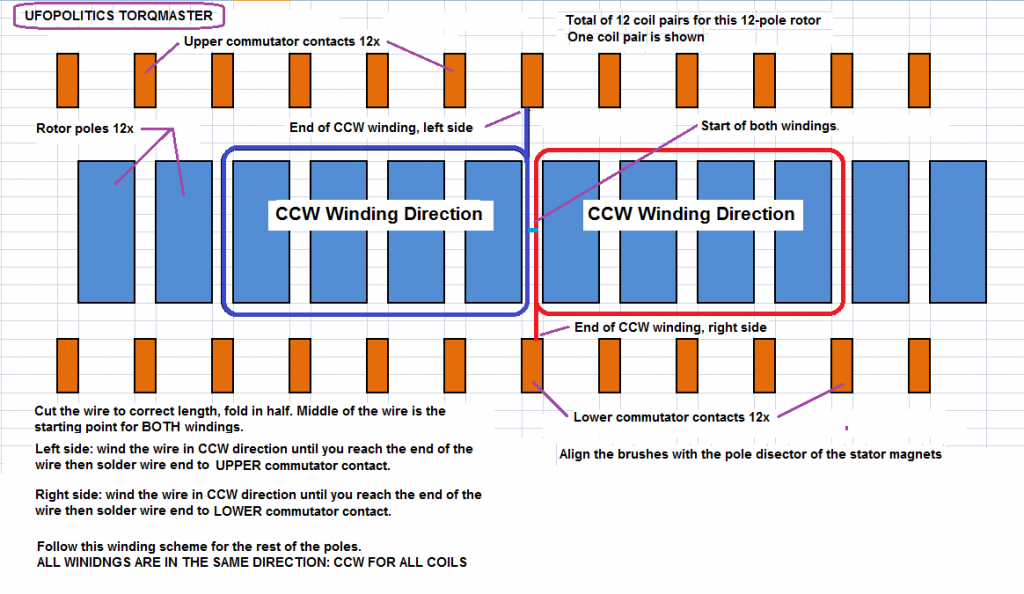
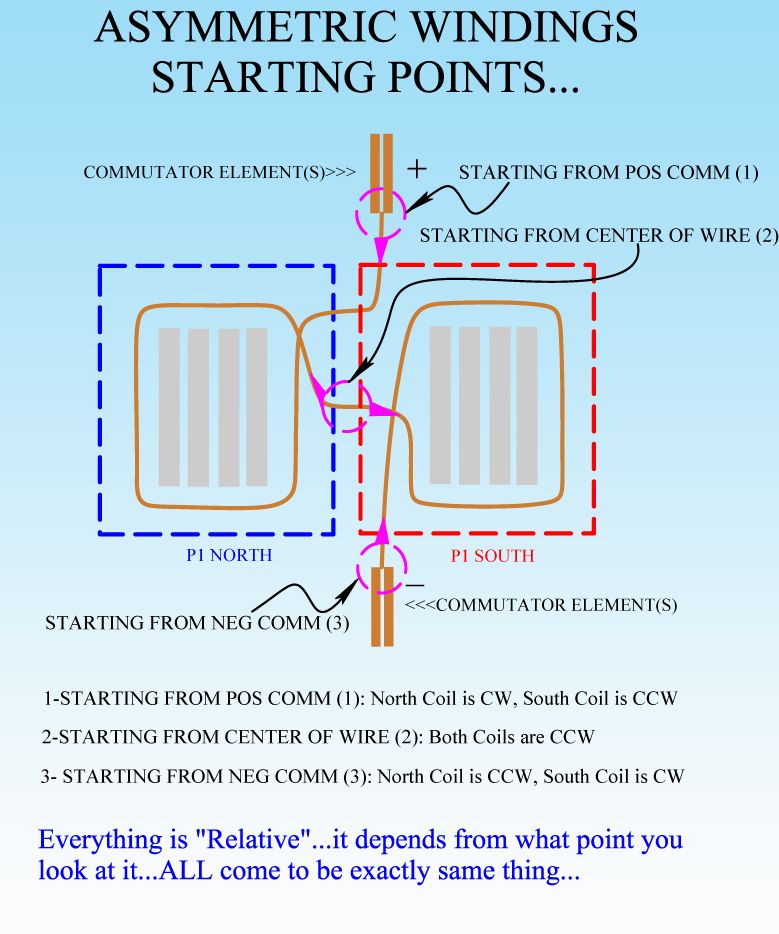 [/IMG]
[/IMG]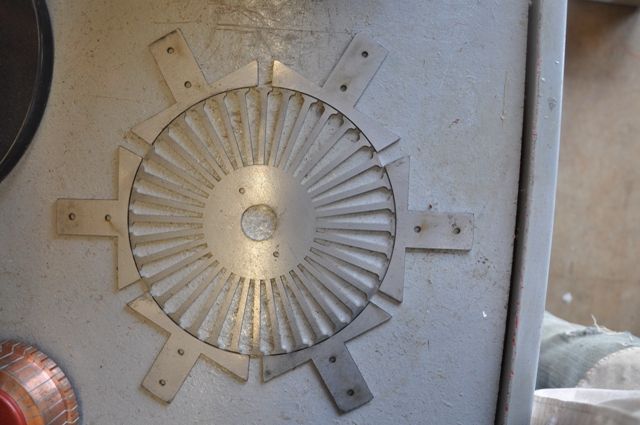 [/IMG]
[/IMG]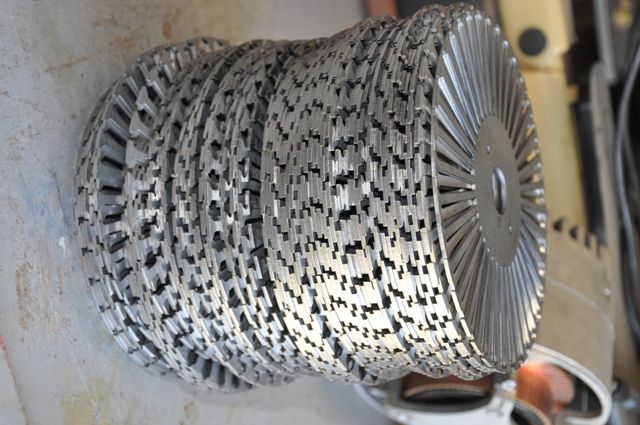 [/IMG]
[/IMG]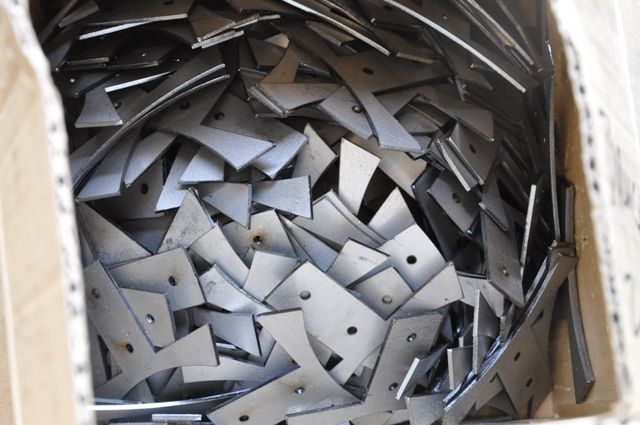 [/IMG]
[/IMG]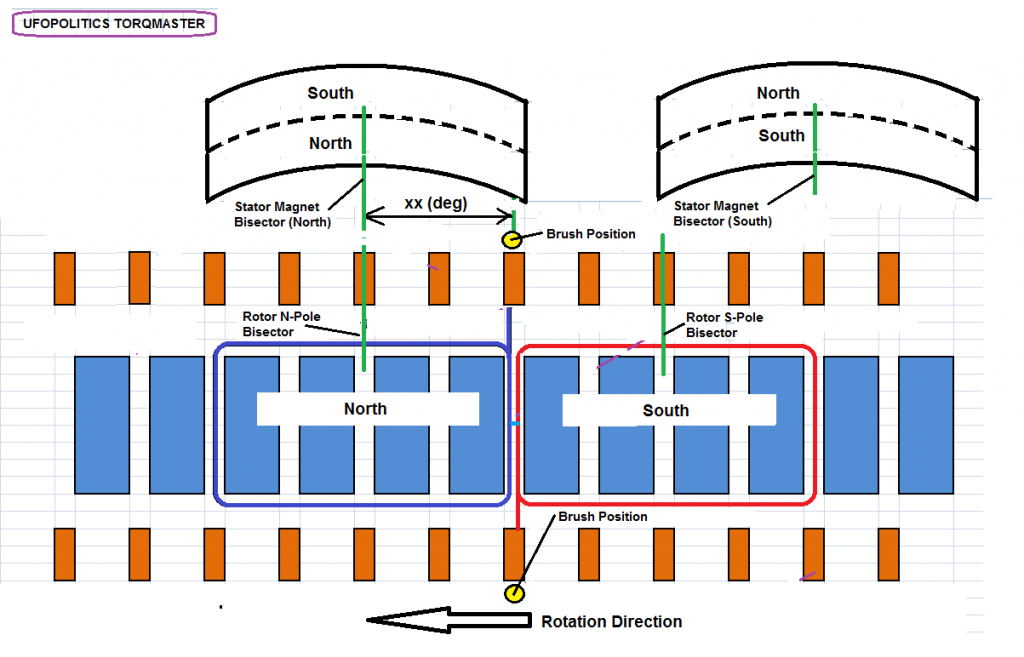
 [/IMG]
[/IMG]


 . I have found diodes that will do 20amps and 30 amps. I thought I was going to need much bigger ones, so thats good. I was thinking a bleeder might be bad in this app.
. I have found diodes that will do 20amps and 30 amps. I thought I was going to need much bigger ones, so thats good. I was thinking a bleeder might be bad in this app.
Comment